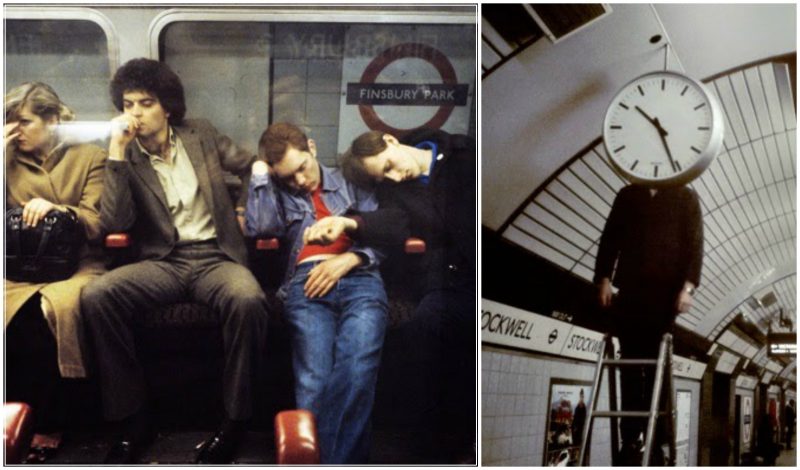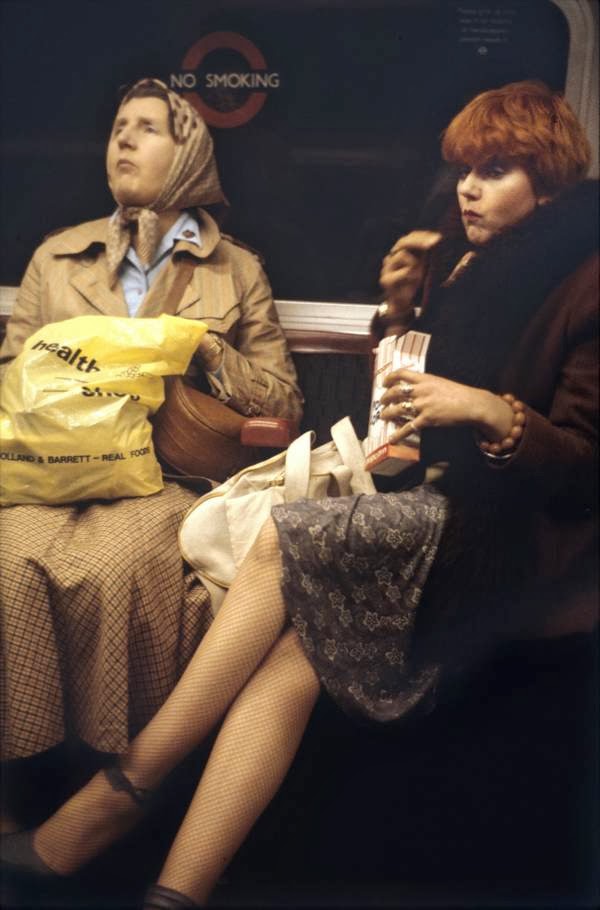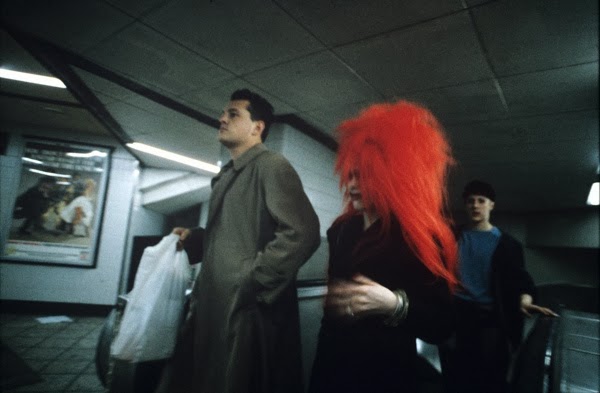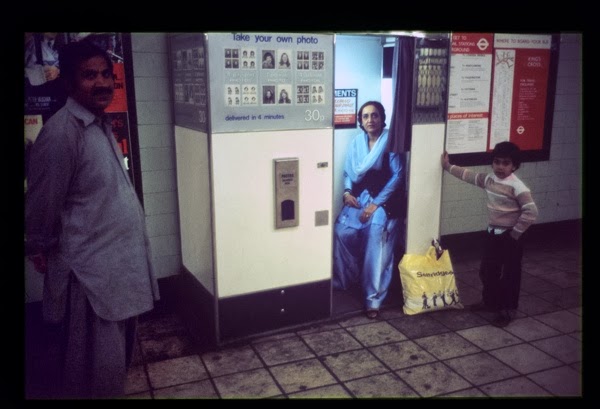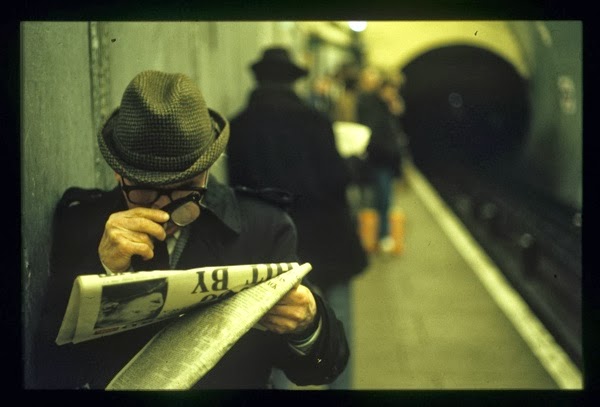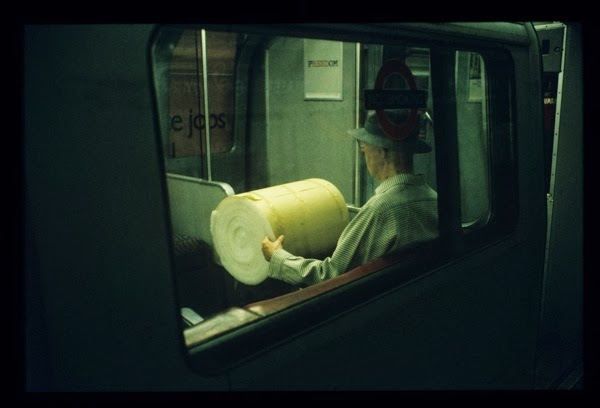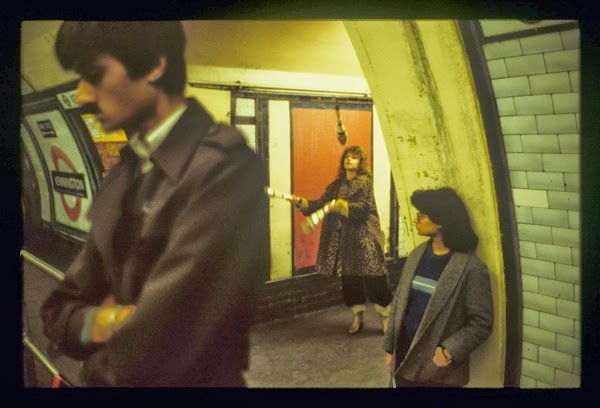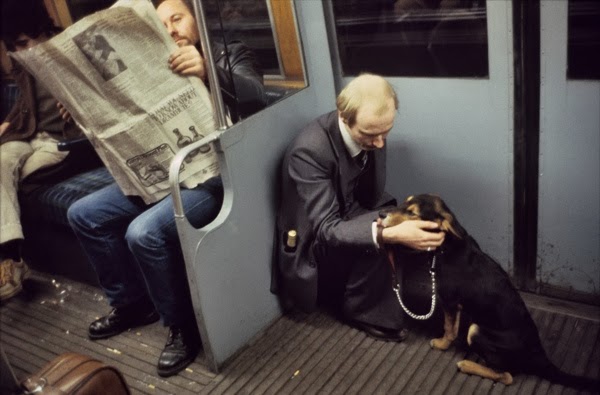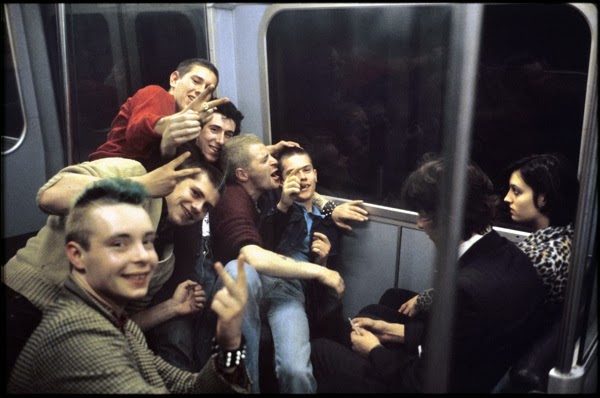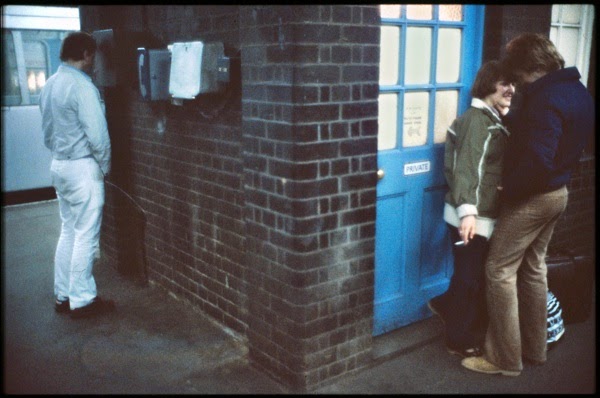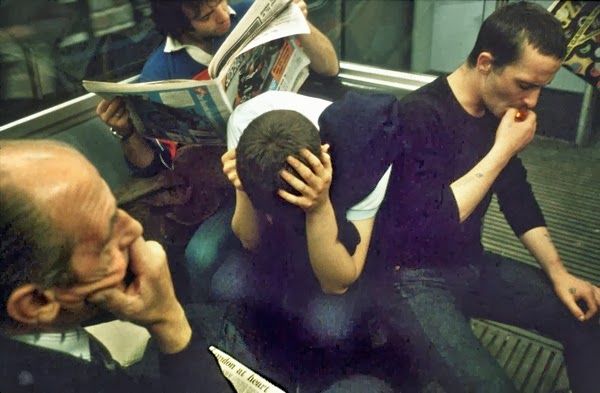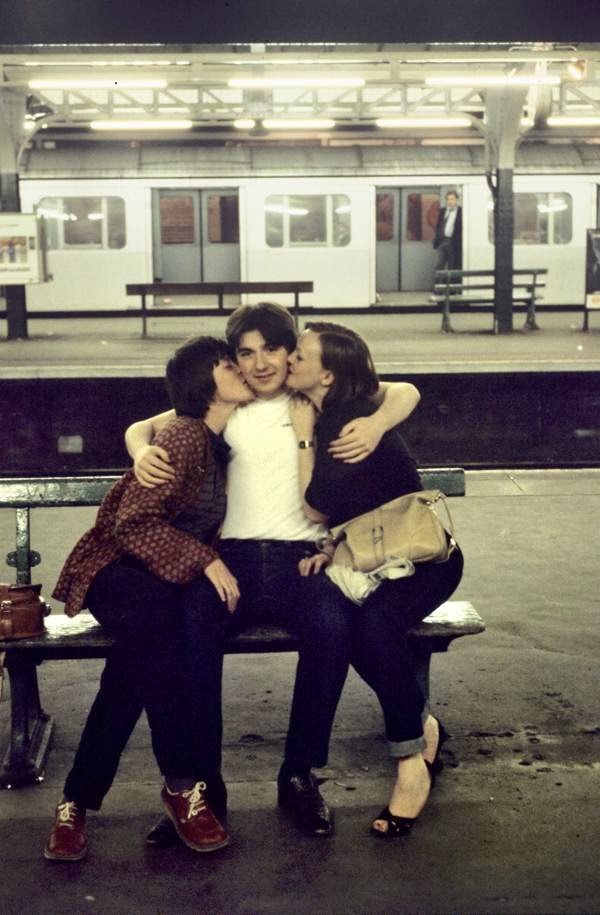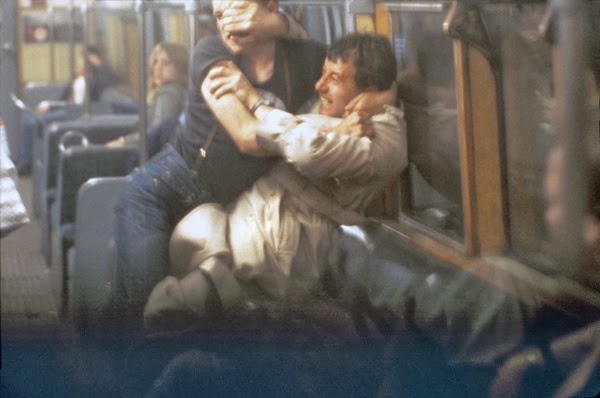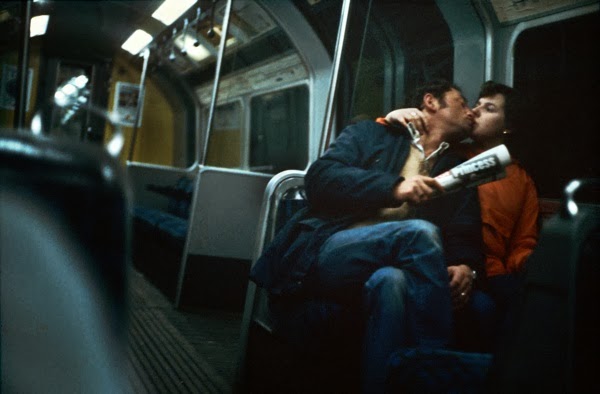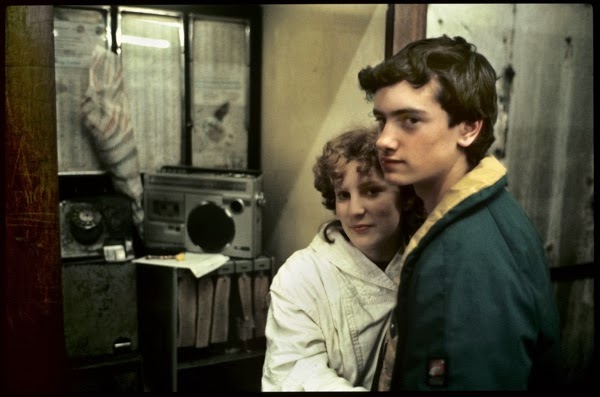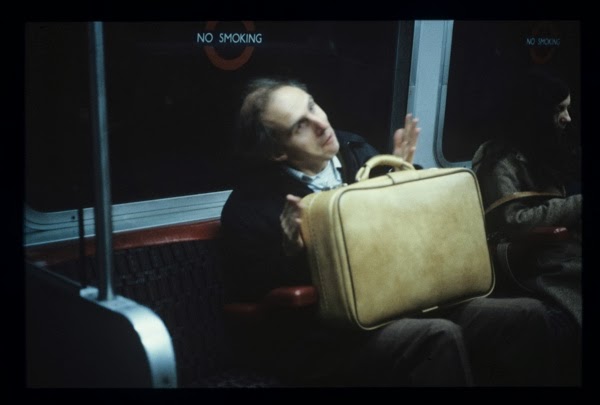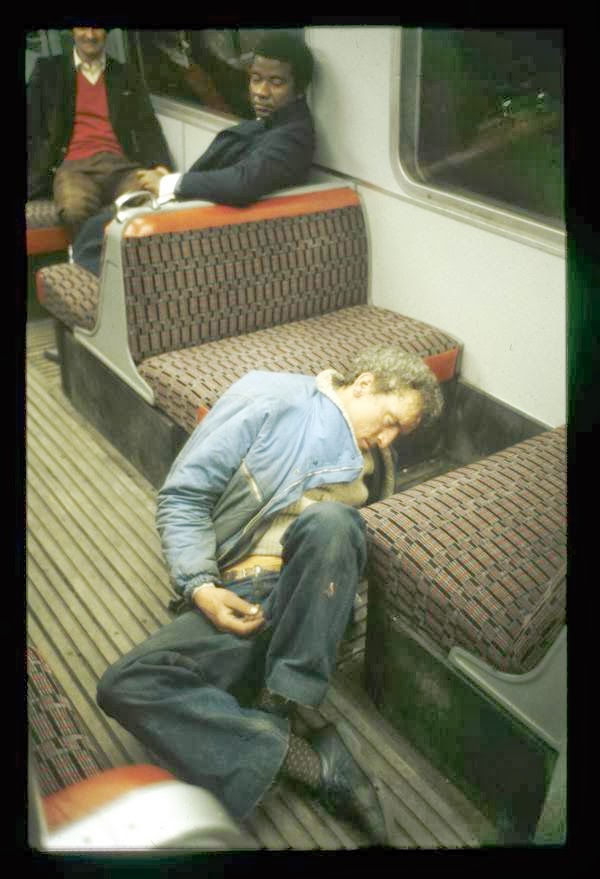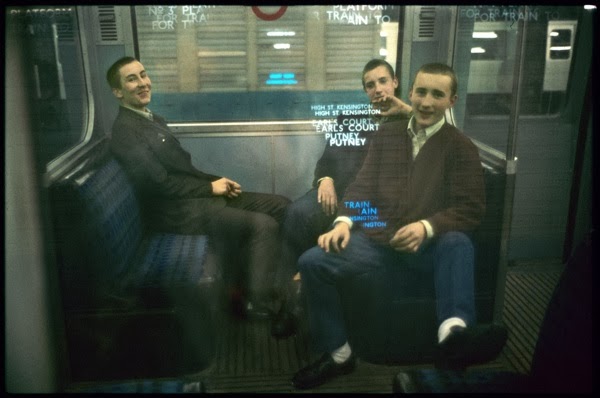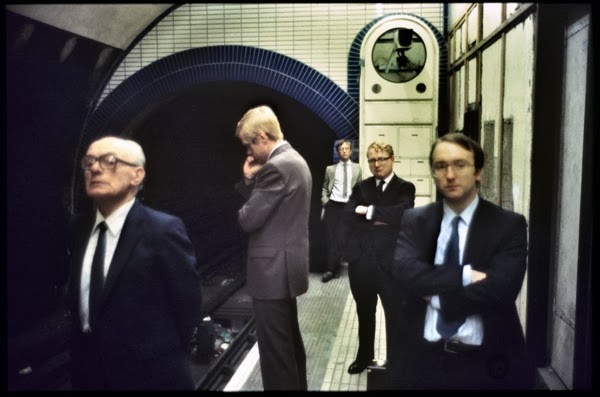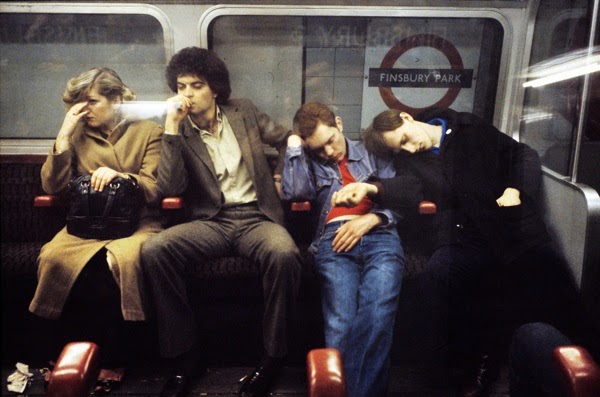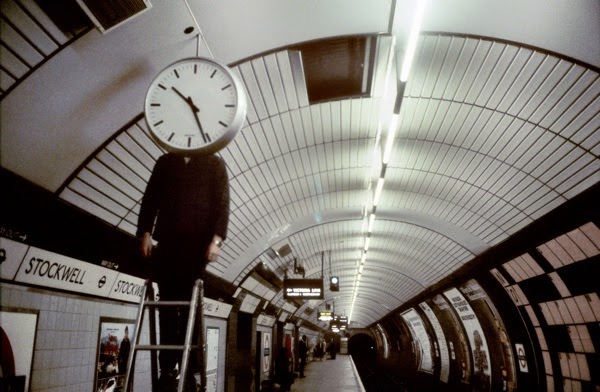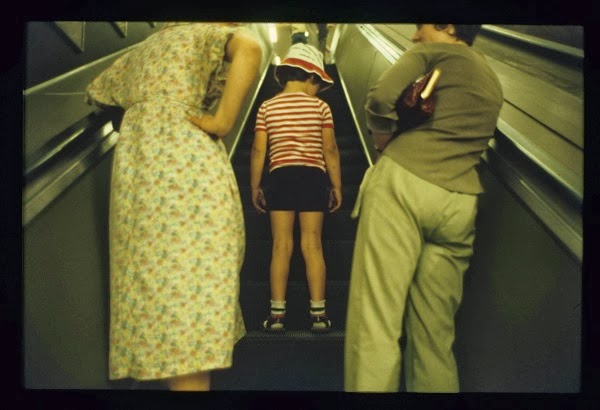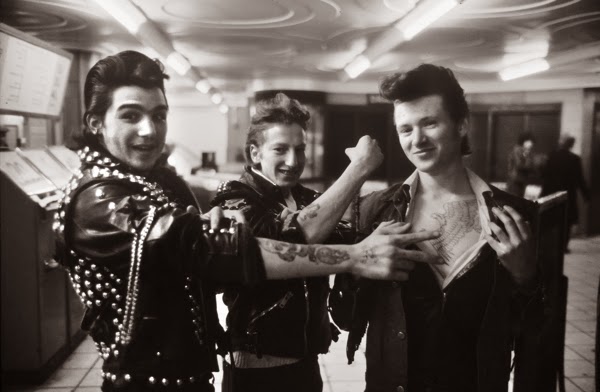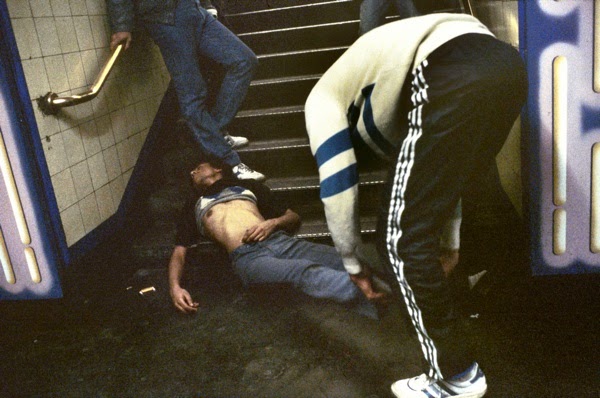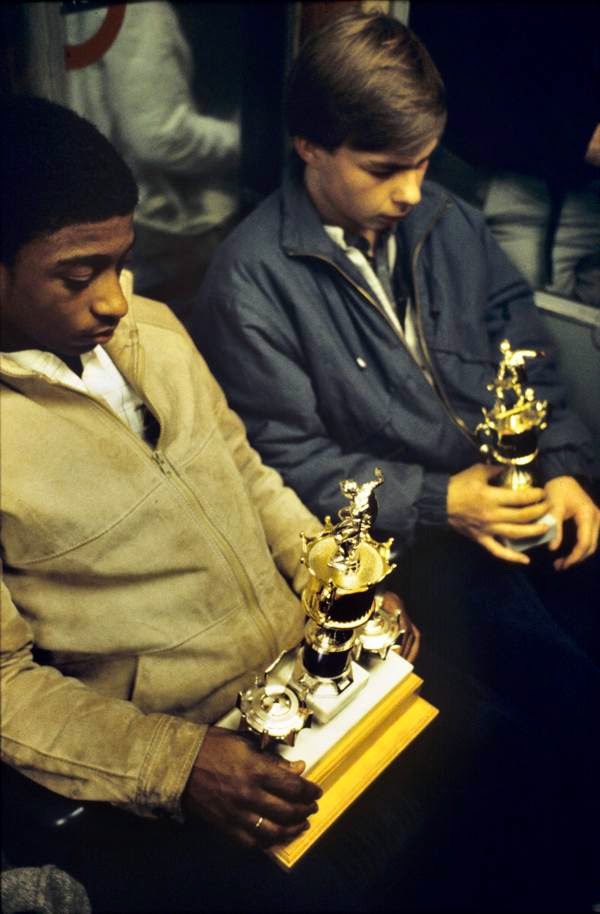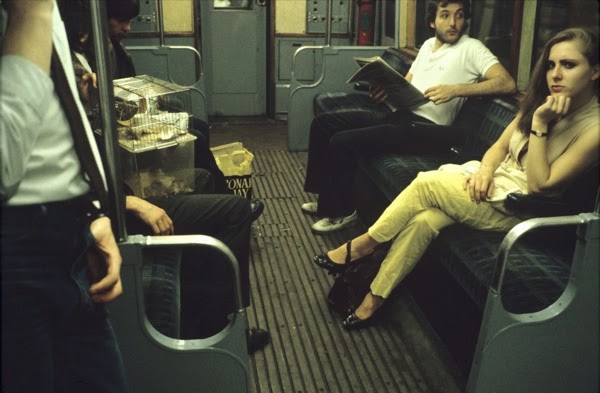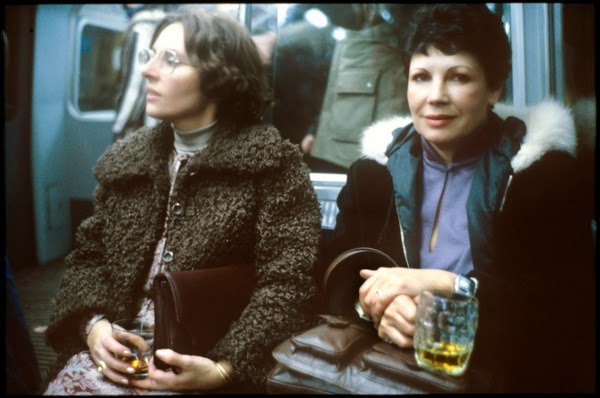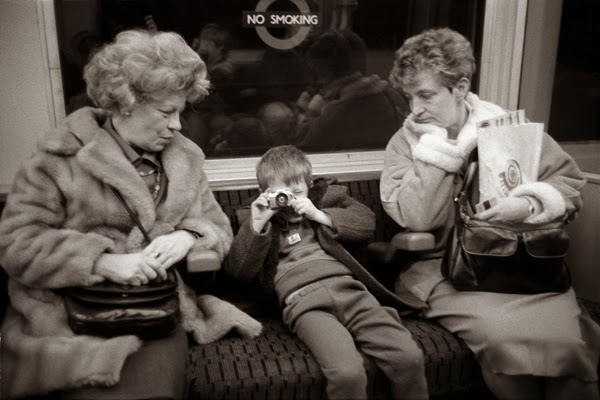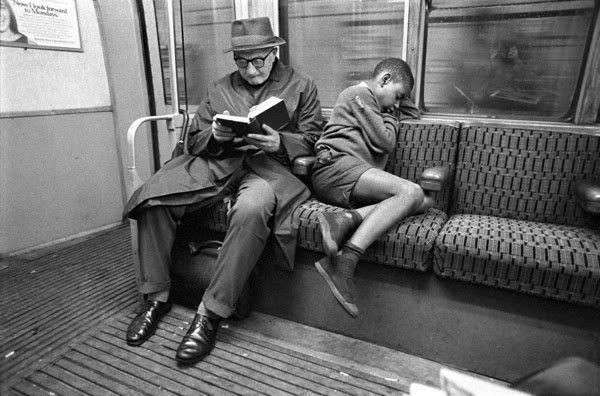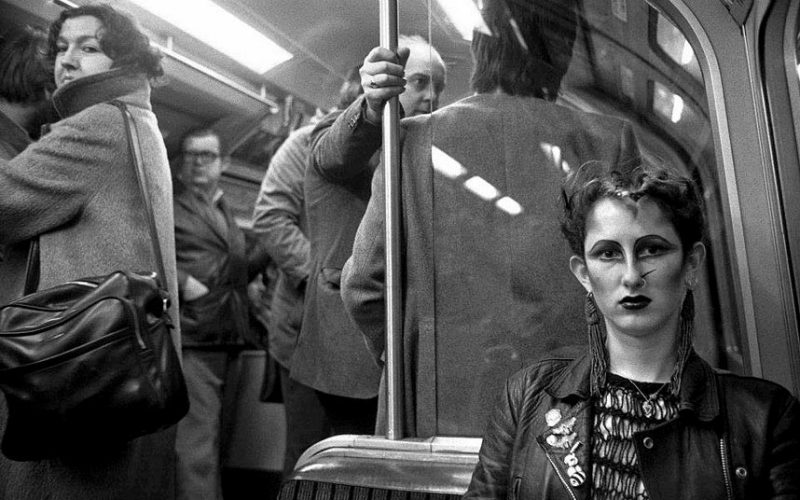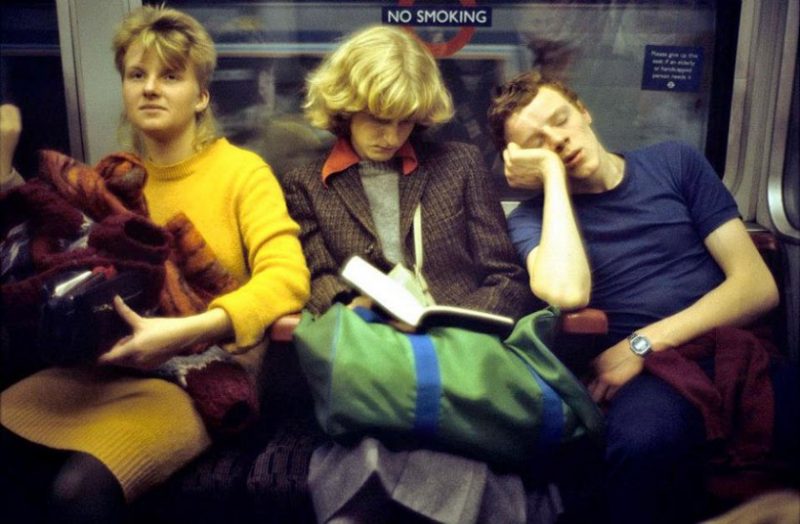Bob Mazzer is a social documentary photographer who spent two decades capturing Londoners in the tube, in the ’70s and ’80s.Mazzer at that time was working as a projectionist in a porn cinema called ‘The Office Cinema.’ Late at night on his way home, Mazzer with his Leica M4 photographed tourists and locals travelling through the capital’s network of tunnels.
“Every day I travelled to King’s Cross and back. Coming home late at night, it was like a party and I felt like the tube was mine and I was there to take the pictures.” – Bob Mazzer.
Here is a small collection of his work, the rest of it is in his recently published book Underground.
The idea of an underground railway linking the City of London with some of the railway termini in its urban centre was proposed in the 1830s,and the Metropolitan Railway was granted permission to build such a line in 1854.To prepare construction, a short test tunnel was built in 1855 in Kibblesworth, a small town with geological properties similar to London. This test tunnel was used for two years in the development of the first underground train, and was later, in 1861, filled up.The world’s first underground railway, it opened in January 1863 between Paddington and Farringdon using gas-lit wooden carriages hauled by steam locomotives. It was hailed as a success, carrying 38,000 passengers on the opening day, and borrowing trains from other railways to supplement the service. The Metropolitan District Railway (commonly known as the District Railway) opened in December 1868 from South Kensington to Westminster as part of a plan for an underground ‘inner circle’ connecting London’s main-line termini.The Metropolitan and District railways completed the Circle line in 1884,built using the cut and cover method. Both railways expanded, the District building five branches to the west reaching Ealing, Hounslow,Uxbridge, Richmond and Wimbledon and the Metropolitan eventually extended as far as Verney Junction in Buckinghamshire, more than 50 miles (80 km) from Baker Street and the centre of London.
For the first deep-level tube line, the City and South London Railway, two 10 feet 2 inches (3.10 m) diameter circular tunnels were dug between King William Street (close to today’s Monument station) and Stockwell, under the roads to avoid the need for agreement with owners of property on the surface. This opened in 1890 with electric locomotives that hauled carriages with small opaque windows, nicknamed padded cells.TheWaterloo and City Railway opened in 1898,followed by the Central London Railway in 1900, known as the “twopenny tube”. These two ran electric trains in circular tunnels having diameters between 11 feet 8 inches (3.56 m) and 12 feet 2.5 inches (3.721 m),whereas the Great Northern and City Railway, which opened in 1904, was built to take main line trains from Finsbury Park to a Moorgate terminus in the City and had 16-foot (4.9 m) diameter tunnels.
In the early 20th century, the District and Metropolitan railways needed to electrify and a joint committee recommended an AC system, the two companies co-operating because of the shared ownership of the inner circle. The District, needing to raise the finance necessary, found an investor in the American Charles Yerkes who favoured a DC system similar to that in use on the City & South London and Central London railways. The Metropolitan Railway protested about the change of plan, but after arbitration by the Board of Trade, the DC system was adopted
